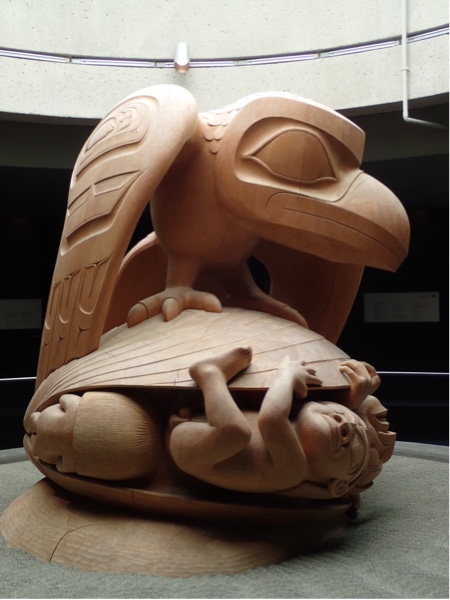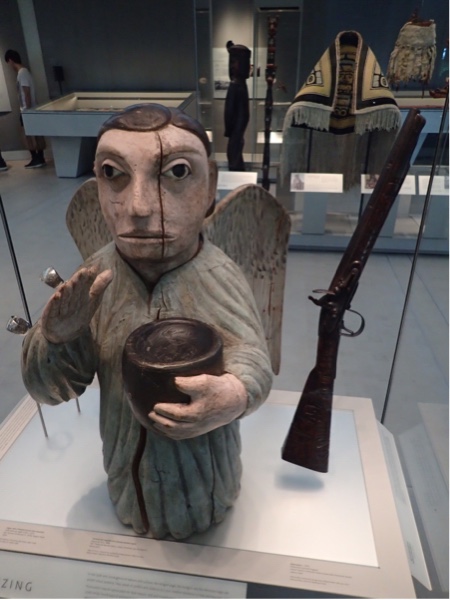On my recent trip to Canada, I rode the railway from Jasper to Prince Rupert for the first time.
Though the route is lesser-known than that of The Canadian train which links Vancouver and Toronto, it's impressively scenic as it runs between several mountain ranges on its way to British Columbia's northern port.
I'll be writing about the journey in more depth for one of my outlets, so here I'm just going to focus on one element: the stations along the way.
We started at Jasper station around lunchtime on the first day. Being at the junction of two passenger routes, it's an impressive structure. It opened in 1926, replacing its predecessor which was lost in a fire the previous year.
It's a fine example of the standard station type which once existed along this line. Most have been demolished, but luckily locals bought this from the railway company and have restored it from a dilapidated state. So it stands as a great example of railway architecture from a century ago, and also fulfils a useful role as a general store.
The major station on this line is at Prince George, the largest city in northern BC, where passengers spend a night before resuming the journey to Prince Rupert. No heritage building here - its relative significance means that it merits a modern concrete box:
The next day we were back on the rails, pausing briefly at the delightfully named Vanderhoof station, named after an early railway worker...
... before reaching Smithers station, opened 1918 and situated at the start of one of the most scenic stretches of the line. Babine Mountains Provincial Park is accessed from here, and the town is surrounded by four mountain ranges.
Running very late because of delays due to passing freight trains, we were able to alight for 15 minutes or so at Terrace station (while we waited for yet another freight train to go past).
An attractive timber building containing a visitor centre, this was once the family home of Terrace's founder, George Little. In 2003 it was relocated to this location and refurbished, to act as an anchor for the town's downtown heart. It was certainly the nicest station we encountered that day, especially as we had time to enter it and explore.
I'd show you the station we arrived at in Prince Rupert, which we reached over three hours late at 11.45pm, but there isn't one - instead the train drops passengers off at the BC Ferries terminal.
Near the site of the city's original station, nostalgics can visit the Kwinitsa Railway Museum. Originally a working station, it was floated down the Skeena River in 1985 to be installed here as a museum dedicated to the story of the Grand Trunk Pacific Railway. Which seems fitting, as it was that railway which gave birth to the city of Prince Rupert.
As for the original Prince Rupert station which stands nearby, it's sadly now closed and boarded up. I like to feel it'll be used again one day by passengers; if only for the reason that it's in a much more convenient central location. Here's hoping!






























